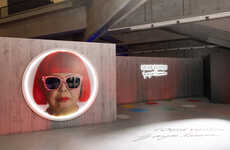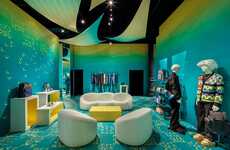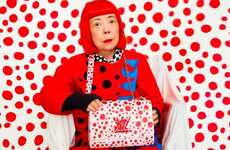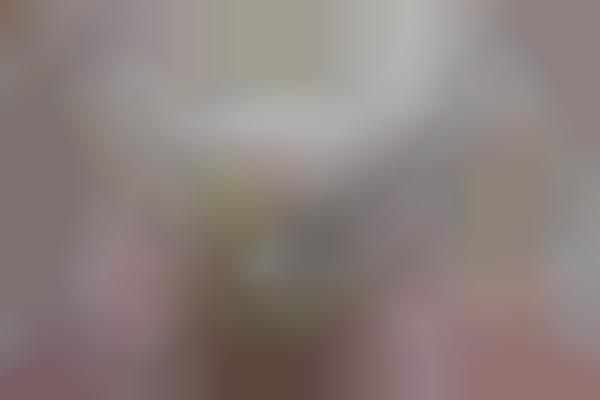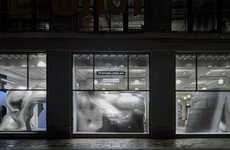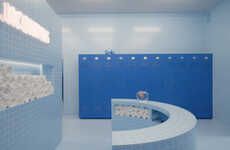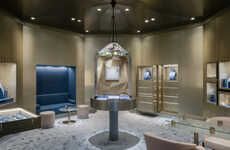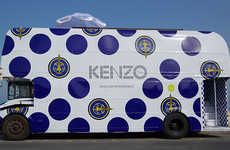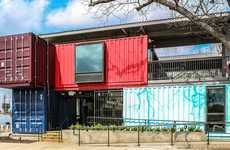
Yayoi Kusama Collaborates on the 12 Louis Vuitton by THEVERYMANY
Meghan Young — May 1, 2013 — Art & Design
References: theverymany & psfk
The 12 Louis Vuitton pop shop could easily be mistaken for an art installation. Not surprisingly, it was created in collaboration with Japanese artist Yayoi Kusama. Inspired by her past pumpkin and polkadot paintings, the store is a magical creation that would be the perfect fit for a certain fairy tale princess.
Designed by Brooklyn-based firm THEVERYMANY and led by Marc Fornes, the 12 Louis Vuitton pop shop was deservedly the winner of the 2013 Architizer A+ Jury Award in the pop-up category. Immersive and hypnotic, the environment is an intricate canvas for the luxury brand's products. The designers tout it as “the world’s first fully carbon-fiber self-supported shell applied to architecture.” Lightweight and modular, the 12 Louis Vuitton pop shop was easily assembled out of pre-assembled components.
Designed by Brooklyn-based firm THEVERYMANY and led by Marc Fornes, the 12 Louis Vuitton pop shop was deservedly the winner of the 2013 Architizer A+ Jury Award in the pop-up category. Immersive and hypnotic, the environment is an intricate canvas for the luxury brand's products. The designers tout it as “the world’s first fully carbon-fiber self-supported shell applied to architecture.” Lightweight and modular, the 12 Louis Vuitton pop shop was easily assembled out of pre-assembled components.
Trend Themes
1. Pop-up Shops - Creating immersive and eye-catching pop-up shops that double as art installations in collaboration with well-known artists could be a disruptive innovation opportunity for luxury and retail brands.
2. Carbon-fiber Structures - Developing intricate, self-supported carbon-fiber structures within architecture could be a disruptive innovation opportunity for the construction industry and architects.
3. Modular Design - Incorporating modular design into luxury retail spaces can improve assembly time and allow for greater flexibility in design layout, thus creating a disruptive innovation opportunity for the architecture and interior design industries.
Industry Implications
1. Luxury Retail - Collaborating with artists to create immersive pop-up shops could increase brand exposure and improve customer experience, making it a potential disruptive innovation opportunity for the luxury retail industry.
2. Construction - Using innovative materials such as carbon-fiber in architecture could lead to more efficient and cost-effective construction, which could be a disruptive innovation opportunity for the construction industry.
3. Interior Design - Adopting a modular design approach in retail spaces can lead to greater adaptability in store layouts and improved customer experience, making it a potential disruptive innovation opportunity for the interior design industry.
6.2
Score
Popularity
Activity
Freshness


